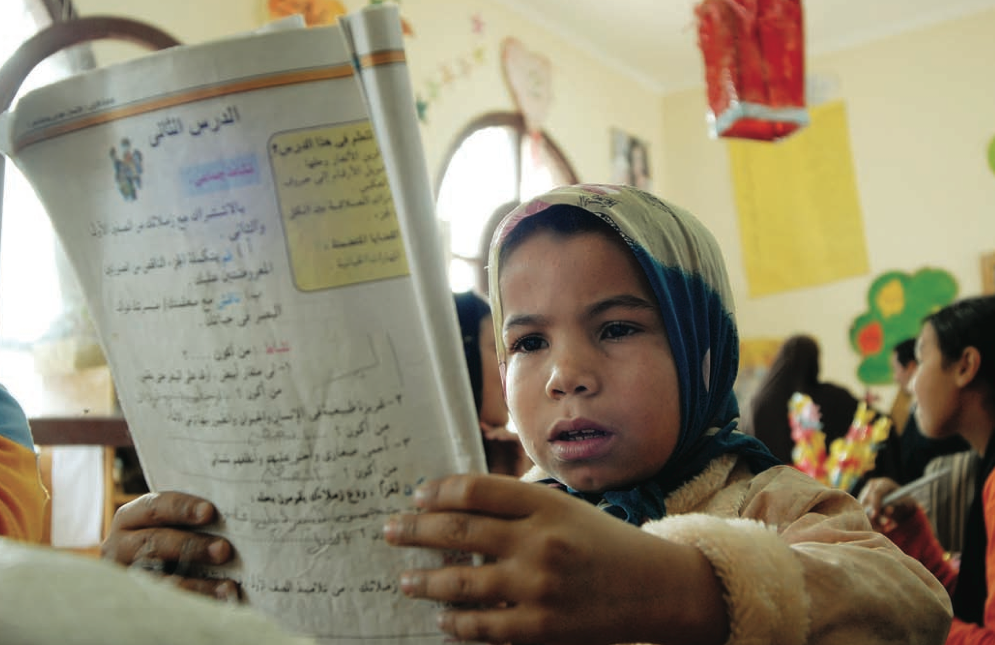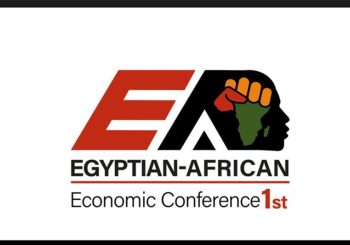More than 35 percent of students between the ages of 12 and 15 in Egypt do not know how to read or write, a report commissioned by the United Nations Development Programme (UNDP) and the Egyptian Ministry of Planning, Monitoring and Administrative Reform has revealed.
The number of illiterate students of 10-years of age and older in the Egyptian school system stood at 26 percent when last surveyed in 2013.
Enrollment in primary education has been in decline for several years, dropping to a little over 90 percent for the 2013/2014 school year. In 2010/2011 enrollment was more than 95 percent. Five percent of students who enroll drop out before the last grade of primary school.
In the Egyptian school system, primary education includes kindergarten, which children attend between the ages of four and six, then they move on to primary school and at ages twelve to fifteen they attend preparatory school, before going off to secondary school.
The report further notes that nearly 30 percent of teachers in pre-university education are under qualified and that the average number of students per classroom in primary education is 44 in public schools and 32 in private schools.
Egypt has the largest education system in the Middle East and North Africa. The Global Competitiveness Report for 2013-2014 issued by the World Economic Forum placed Egypt at the bottom of its report in regards to the quality of primary education.
Over a quarter of the Egyptian population is illiterate, with 18.5 percent of males and 33.6 percent of females unable to read or write, according to research by the Central Agency for Public Mobilization and Statistics (CAPMAS) released in 2014.







Comment (1)
[…] due to the declining quality of education, many students decide against going to school and instead resort to private […]